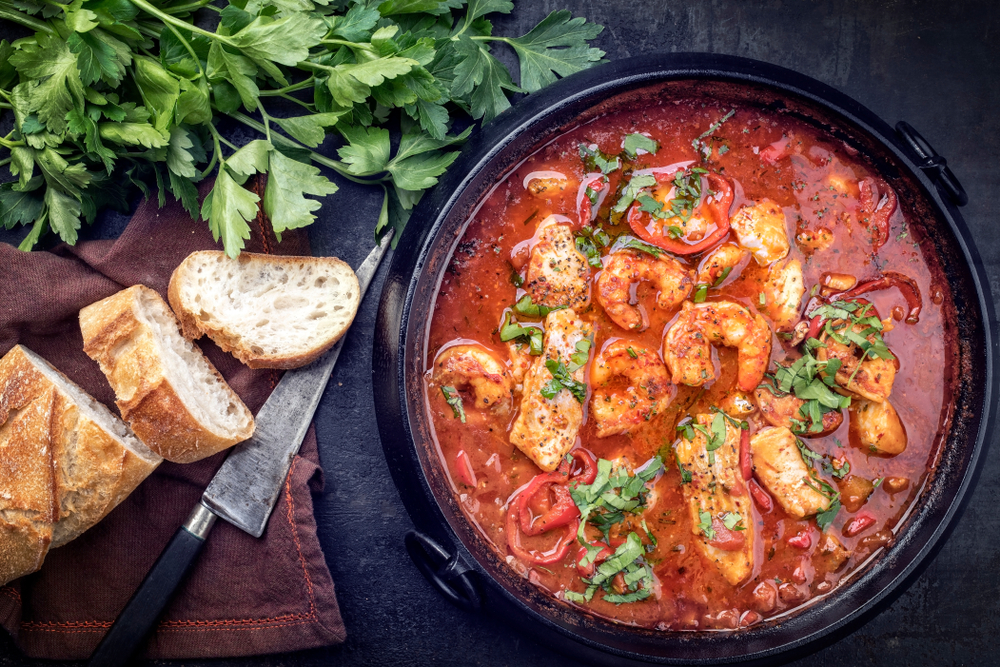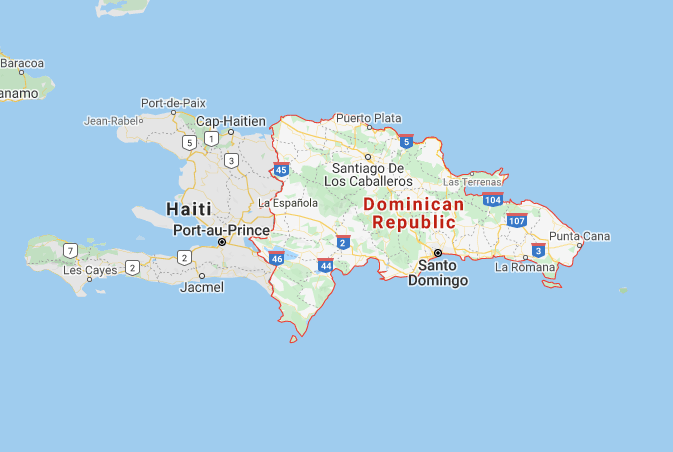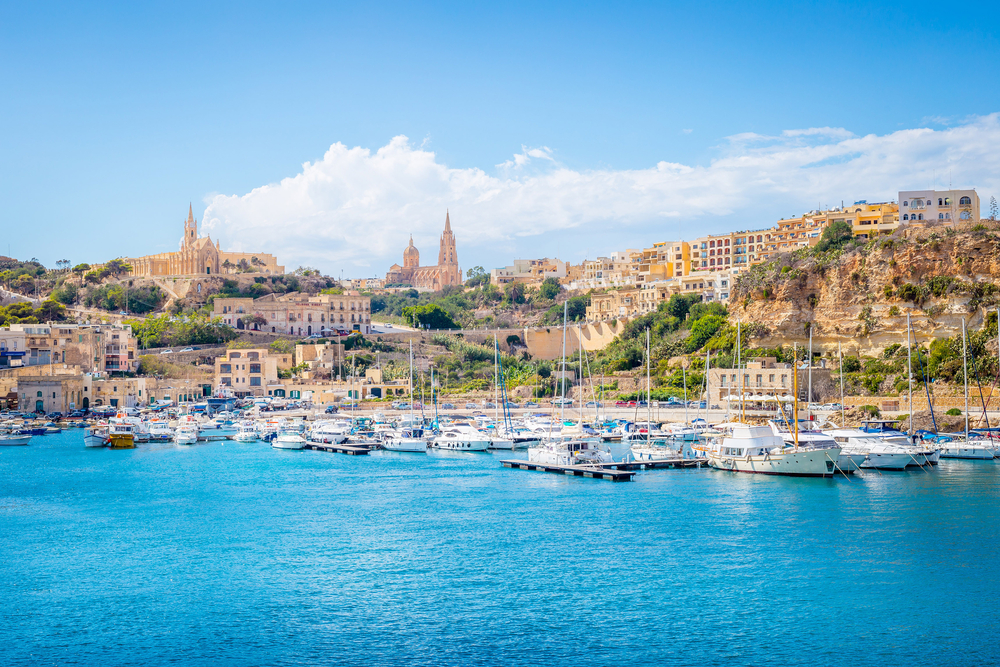By its very geography the Dominican Republic evokes images of a tropical paradise, with white sand, swaying palm trees and turquoise waters that go on forever – and that is exactly what it is. It’s a place that appears to be perpetually on holiday, from the stunning coastline and its postcard-perfect beaches, to the small villages, dramatic mountain ranges, fertile valleys and lush sugar plantations of the interior.
The second largest country in the Caribbean, it is surrounded by the Caribbean Sea to the south and the Atlantic Ocean to the north, which gives it plenty of beaches – 250 collective miles of them to be precise.
As well as being geographically diverse, as part of the West Indies, the Dominican Republic is a true microcosm of Latin America, from which it takes many of its influences and traditions. The main language is Spanish, but today English is also spoken widely, not only due to high tourism, but also due to the large number of USA expats.
What to Do
For tourists, one of the major draw cards is the magnificent beaches along the more than 1,000 miles of coastline. There’s one for practically every mood, from the buzzing all-inclusive resorts and golf courses of Punta Cana and Puerto Plata, to the dive sites and coral reefs of Bayahibe and the secluded delights of places like Playa Macao and Punta Bonita – just to name a few!
The country has also become world-renowned as a superb golfing destination, with aficionados coming from far and wide to enjoy a dedicated sun, sea and sand golfing holiday. With some of the best golfing opportunities in the Caribbean, you can tee off against some spectacular scenery at more than 30 courses, including the internationally acclaimed ones of Casa de Campo Cana and Punta Cana.
In the vibrant cities, including the capital Santo Domingo, Santiago and Puerto Plata, you can shop ‘til you drop, eat ‘til you burst and dance like nobody’s watching in the many nightlife hotspots. While for those who like to get outdoors, there’s also plenty on offer including water sports on the coast and hiking and mountain biking in spectacular landscapes like Isabel De Torres National Park, Valle del Tetero and Jose Armanda Bermúdez National Park.
Local Cuisine
The cuisine is a wonderful blend of cultural influences, but predominantly African, Spanish and Taíno (the indigenous people of the Caribbean). The resultant Creole cooking uses a lot of common ingredients like yucca, rice, beans, banana, chilli and sweet potato. It is also very heavy on chicken and, as would be expected, succulent fresh-caught seafood, including lobsters.
One of the most commonly available local dishes is the classic Sancocho, which is a hearty Spanish stew of meats, vegetables and rice, the recipe of which changes slightly depending on the region you’re visiting. For breakfast, try the Mangú, which is a delicious banana puree served with accompaniments, while lovers of seafood can’t go wrong with the amazing fish stews made with fresh coconut.
Climate
As a genuine tropical paradise it’s not hard to work out that the weather in the Dominican Republic is pretty idyllic. It doesn’t change much throughout the year, with an almost constant temperature of around 25 degrees Celsius. November to April is the period considered the best for travel. There is quite a lot of rain, however, from October to April in the north (May to November in the south), which is worth bearing in mind. Another important consideration is that during August and September hurricanes are not uncommon in the south.
How to Get There
The long-haul flight from the UK to Santo Domingo Las Américas Airport (SDQ), which is one of several in the Dominican Republic, takes around 10-12 hours. There are several airlines, including some budget ones, that fly the route, offering a good selection of times, days and prices. Alternatively Punta Cana Airport (PUJ) is another good option. Once you arrive, the most convenient way to get to your accommodation is with a pre-booked airport transfer with Shuttle Direct. When you land at your chosen airport, a local driver will be there to meet you so there’s no need to try to navigate public transport or pay for an expensive taxi.
Travelling to Dominican Republic? Don’t Miss…
- For a unique outdoorsy experience you can head to Los Haitises National Park on the north coast of the country. Home to multiple habitats, the park hosts a plethora of animal life, including some very rare species. Set upon a limestone karst plateau dotted with curious cone-shaped mounds and ancient caves (some of which contain petroglyphs), the subtropical forests that clad the area also provide a home for large numbers of resident and migratory birds.
- The name Damajaqua Cascades translates to ‘27 waterfalls’ so there are no prizes for guessing what you’ll find at this popular attraction. Set in the limestone hills of the Northern Corridor, this stunning collection of waterfalls is visited by some 50,000 people a year. It’s an absolute joy to cool off in the natural pools after a gentle hike through the forest to get there.
- Teleferico Puerto Plata Cable Car is the most painless and picturesque way to reach the top of the 2,600-ft Pico Isabel del Torres. You’ll take in lush views over the hills of Puerto Plata and, at the peak, you can wander around the lovely botanical gardens, explore the caves and admire the giant statue of Christ the Redeemer.
About Shuttle Direct
At Shuttle Direct we’re proud of our reputation as one of the best in the business for onward ground transport. If you’re looking for the most relaxing way to start your holiday, pre-book your transport from the airport with us before you leave home through our easy-to-navigate online booking system. Choose from our range of shared or private transfers and, when you land, a friendly local driver will be waiting to take you wherever you need to go.










